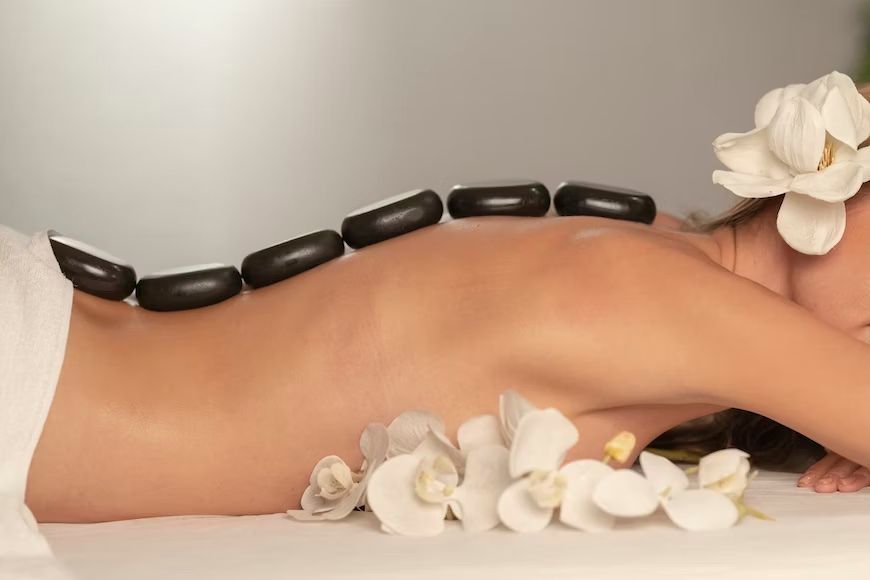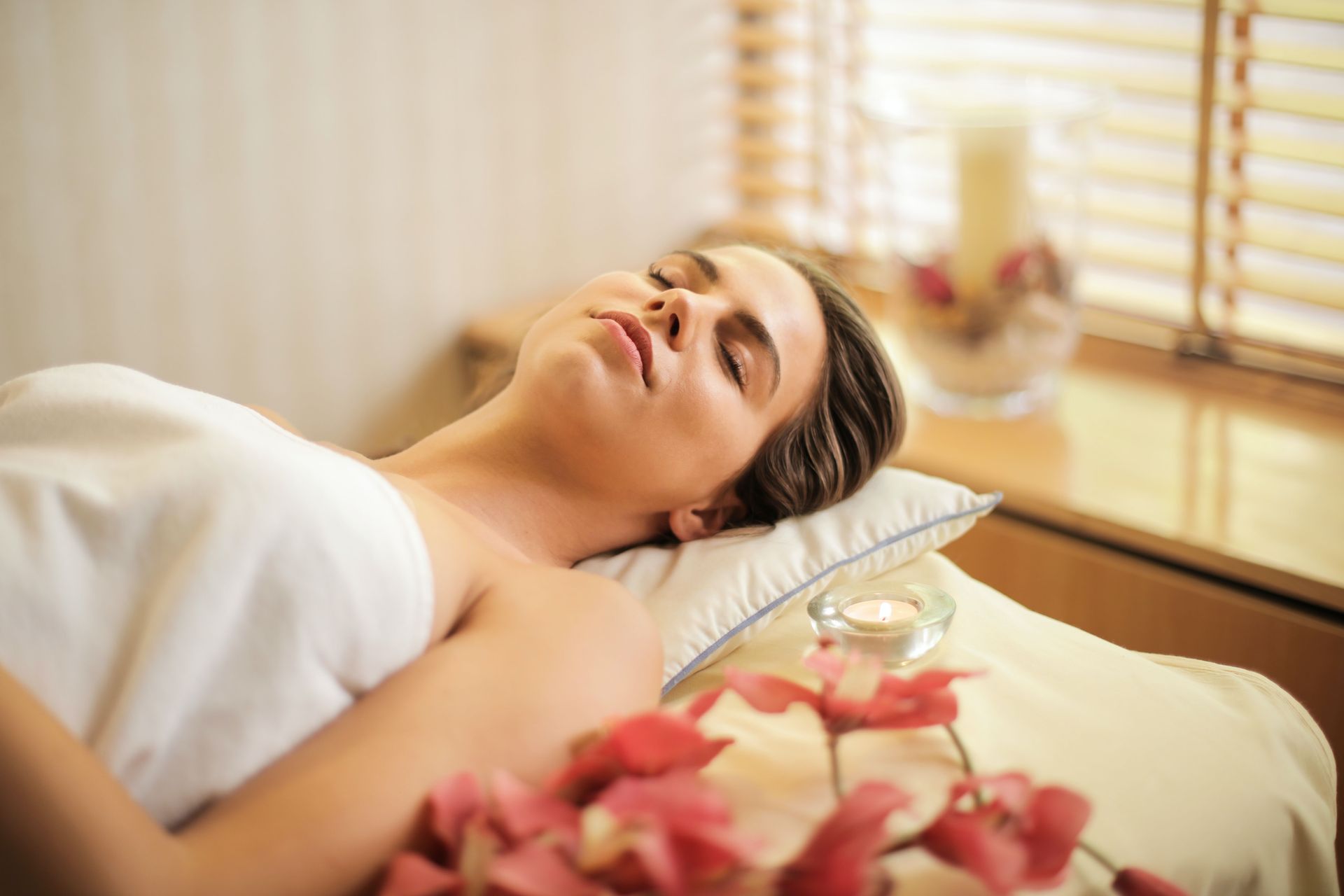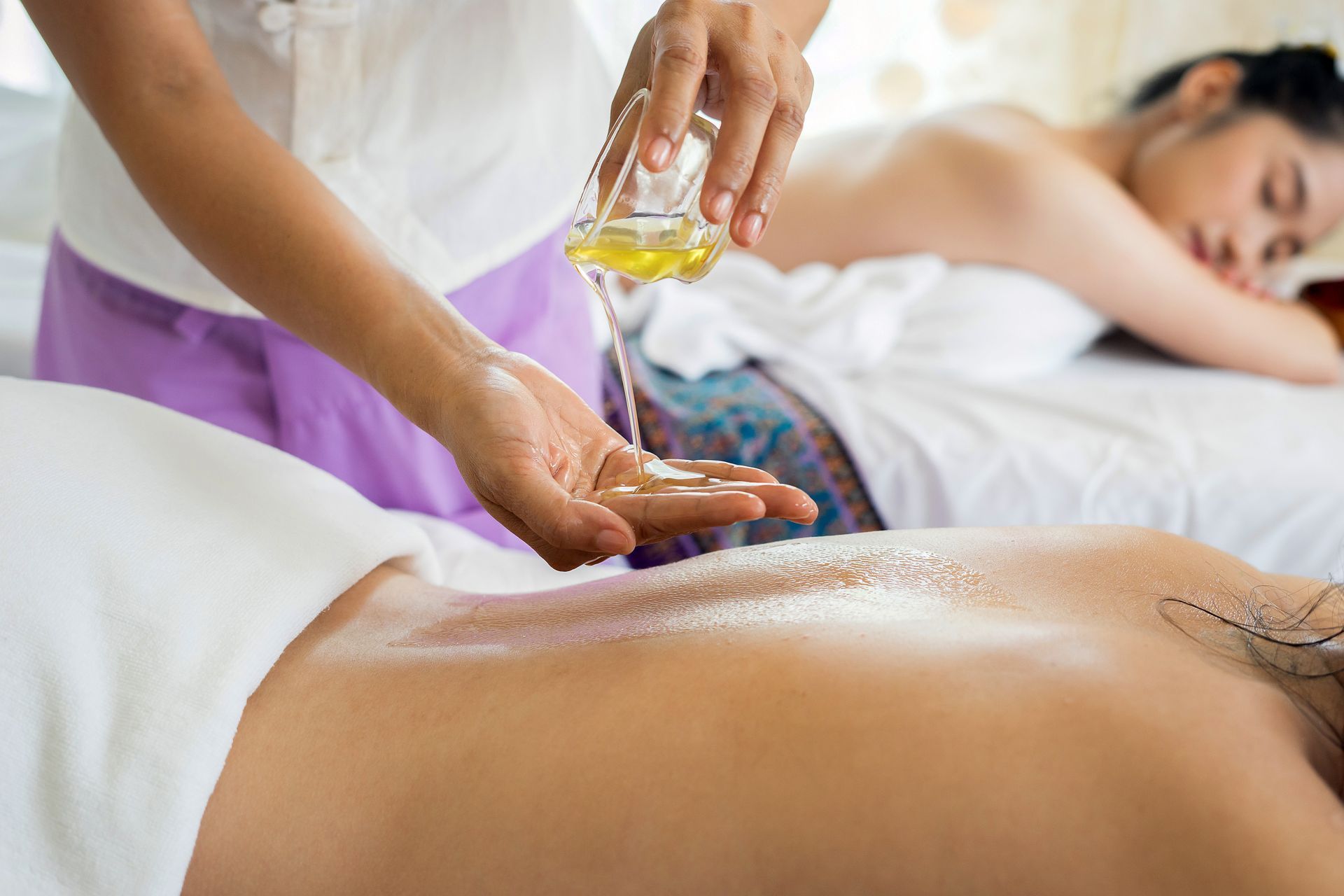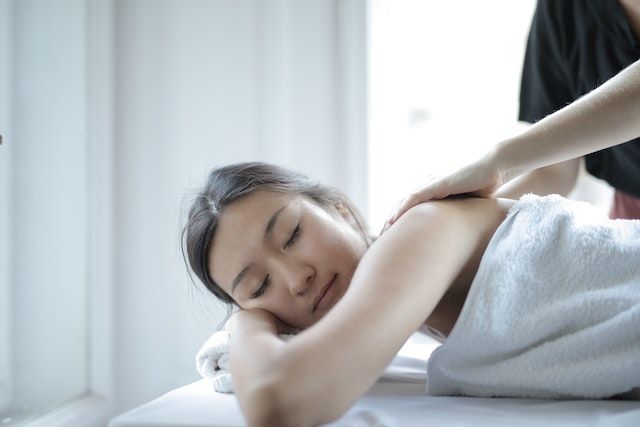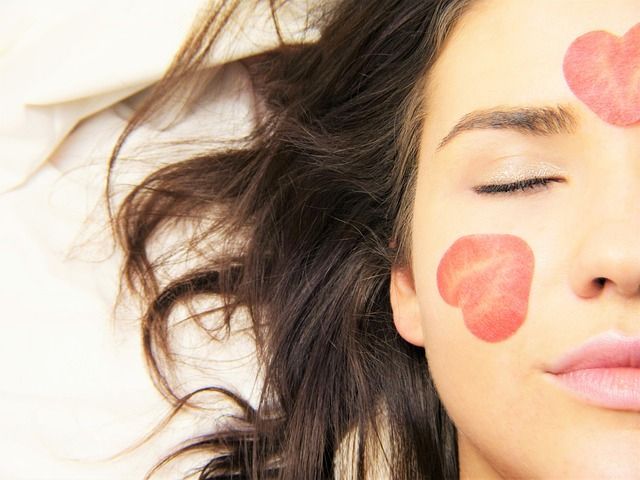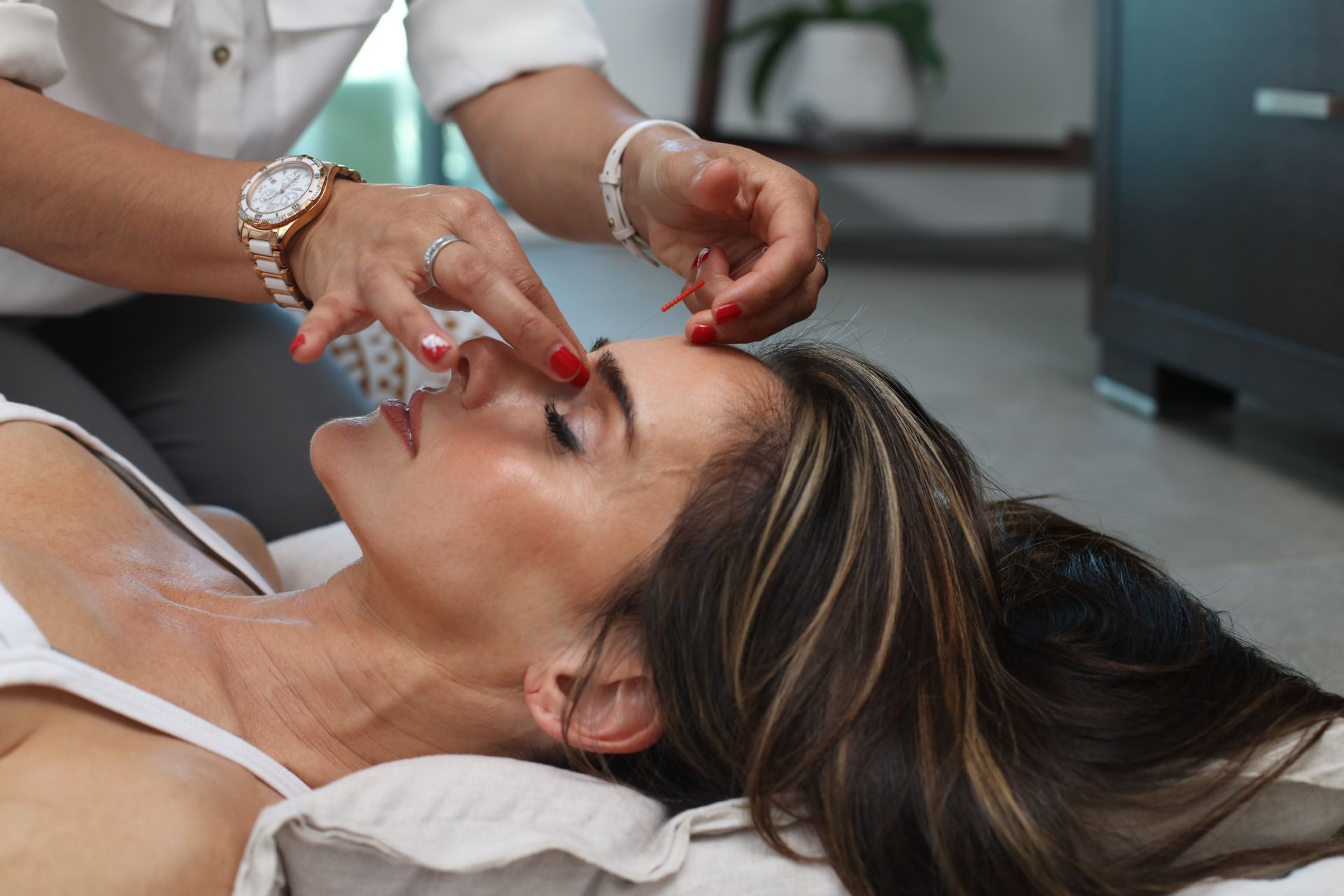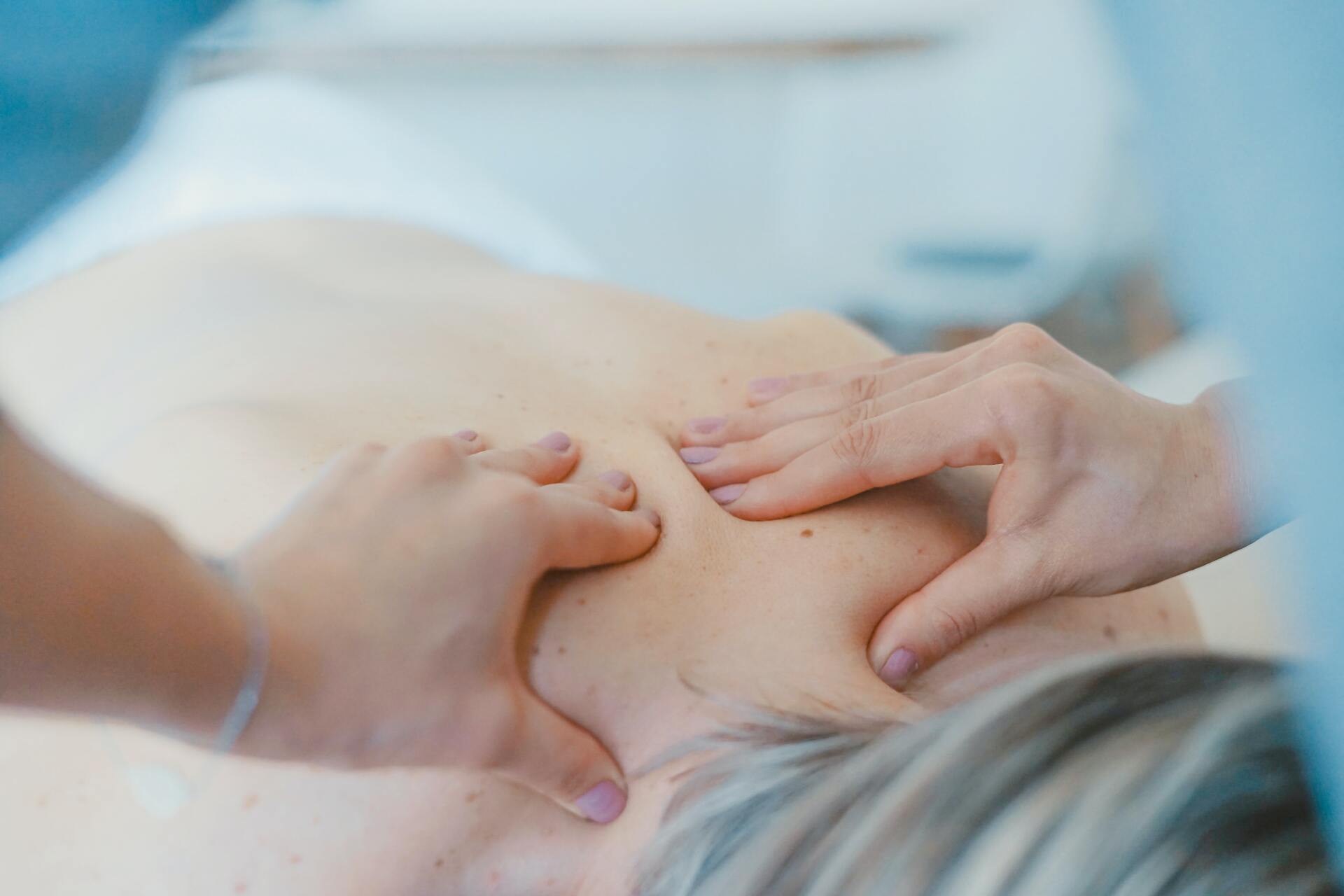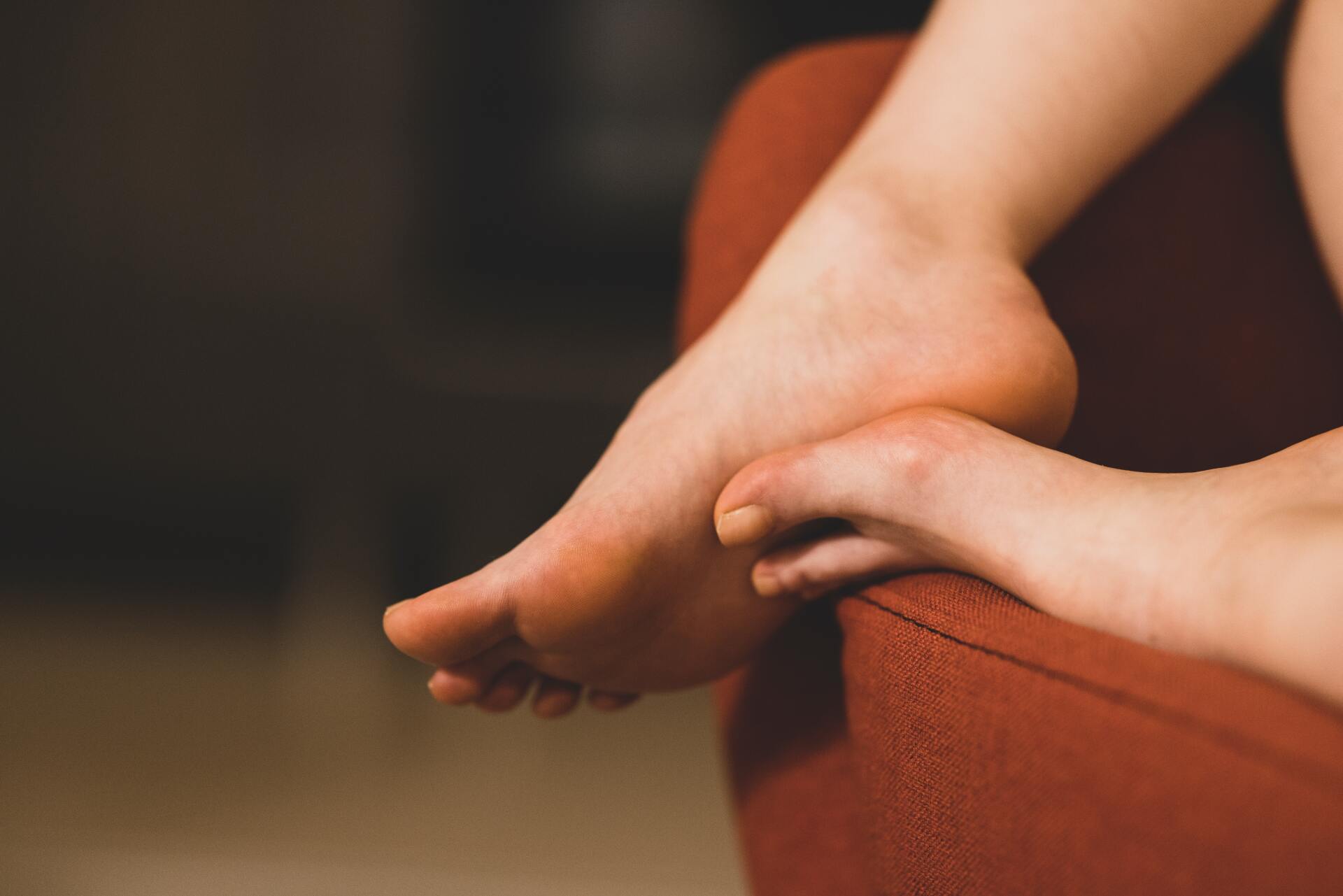An Introduction To Asian Massage
The history of massage therapy dates back thousands of years. Some of the earliest text documenting the use of massage was found in China, dating approximately 2700 BCE. The early Chinese practice of massage, which was developed to include various aspects of Chinese medicine, spirituality and even some aspects of martial arts, is what formed the foundation of Asian massage as we know it today.
What Is Asian Massage?
Asian massage techniques center around the principle that most of the illnesses and diseases we suffer from are the result of blocked or imbalanced energy in the body. This energy is said to flow along specific meridians, or paths, that are connected to our physiological systems. The goal of Asian massage is to relax, soothe and heal the body through a harmonious release of tension and free flowing energy.
It’s important to understand that there isn’t just one type of Asian massage. Instead, it’s more of an umbrella term used to describe the many massage disciplines that originated in China, Japan and other Asian countries. There are several types of Asian massage used in therapeutic massage settings today. As we look forward to the season of spring and renewal, now is the perfect time to learn a little more about them.
TUI NA MASSAGE
Tui Na is a type of Chinese massage that aids in balancing patterns of disharmony within the body. Much like acupuncture, but without the needles, Tui Na aims to balance the ying and yang of the body through manipulation of certain specific energy points on the body.
The process of Tui Na involves a pinching and pulling motion. Practitioners use their fingers, instead of acupuncture needles, to stimulate energy points. Tui Na massage is considered a whole-body treatment, meaning that entire body is balanced and restored rather than focusing on just one spot.
This doesn’t mean that Tui Na isn’t great for specific injuries and ailments. Patients will find that Tui Na helps to relieve headaches, IBS, PMS, respiratory disorders, sciatica and musculoskeletal conditions. While the “pinching and pulling” description might sound unpleasant, the fact is that Tui Na is one of the gentlest forms of Asian massage, being suitable for those with more delicate systems and even children in certain cases.
GLASS CUPPING THERAPY
Glass cupping is a healing therapy that was practiced in ancient Chinese, Egyptian and Middle Eastern cultures. As another type of therapy that focuses on specific points of the body, glass cupping is therapeutic for the release of pain and inflammation as well as increasing circulation and bringing about a sense of relaxation and wellbeing.
With glass cupping therapy, a trained practitioner places special warmed cups on the skin. As the cups cool, a natural suction process takes place, causing the skin to rise and blood vessels to expand. The process is gentle and relaxing.
We’ve only begun to touch on Asian massage. Other powerful therapeutic Asian massage practices include shiatsu, Thai massage, acupressure and acupuncture. We’d love to help you learn more about Asian massage and choose the therapy that you’ll find most relaxing and healing. Contact us at Reflexion Spa today to schedule an appointment.


